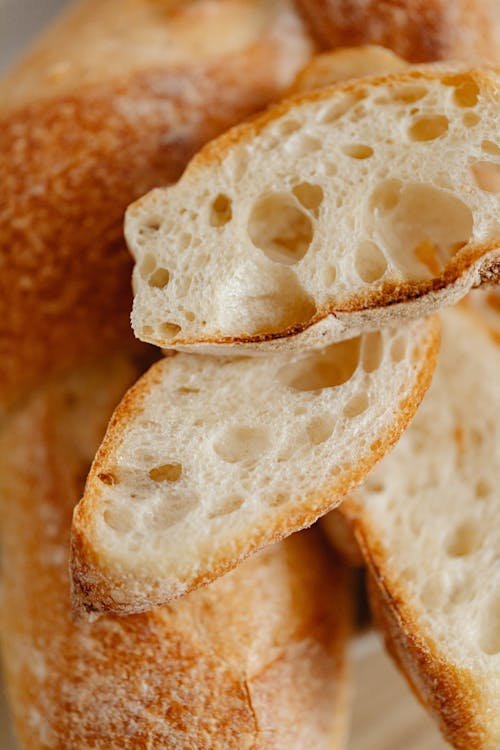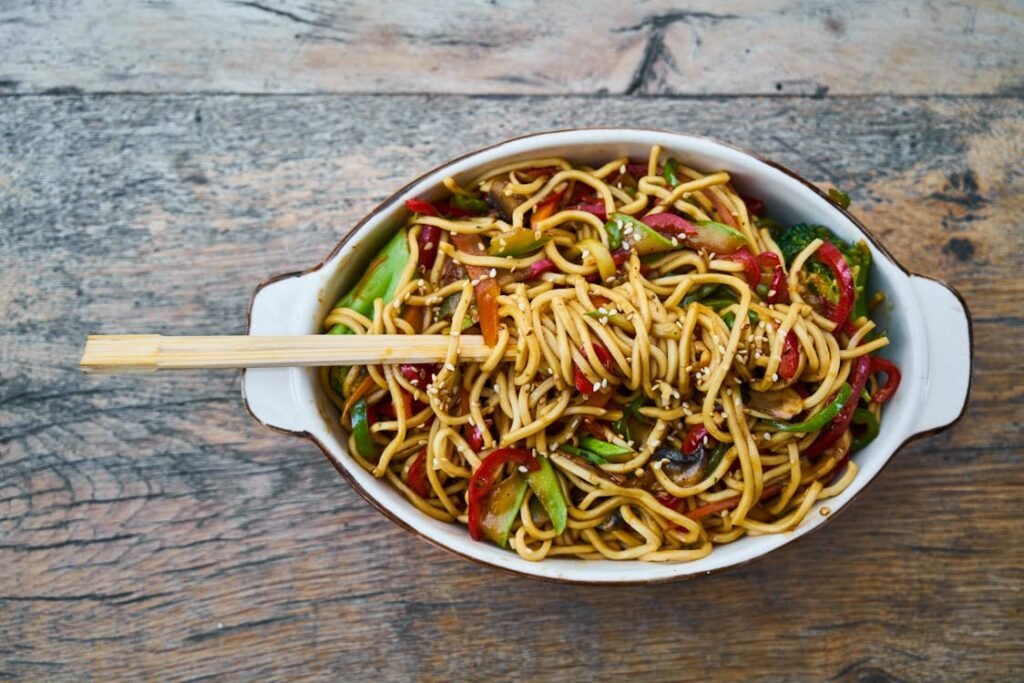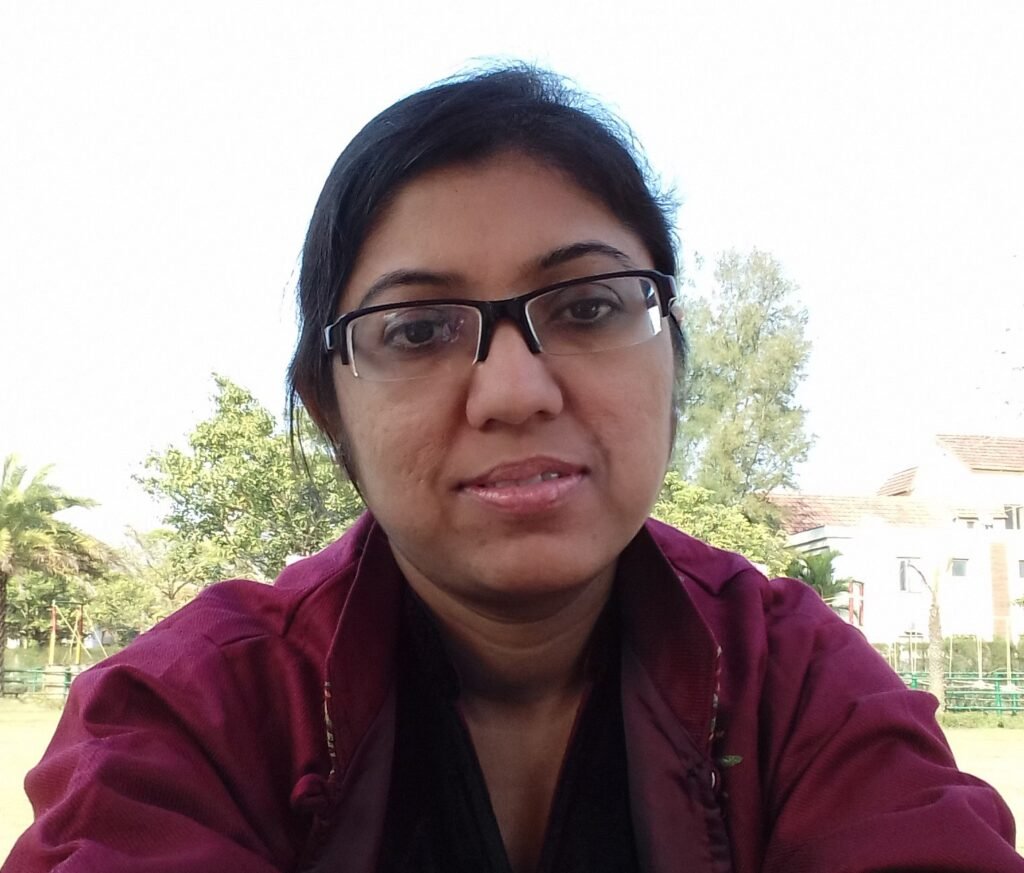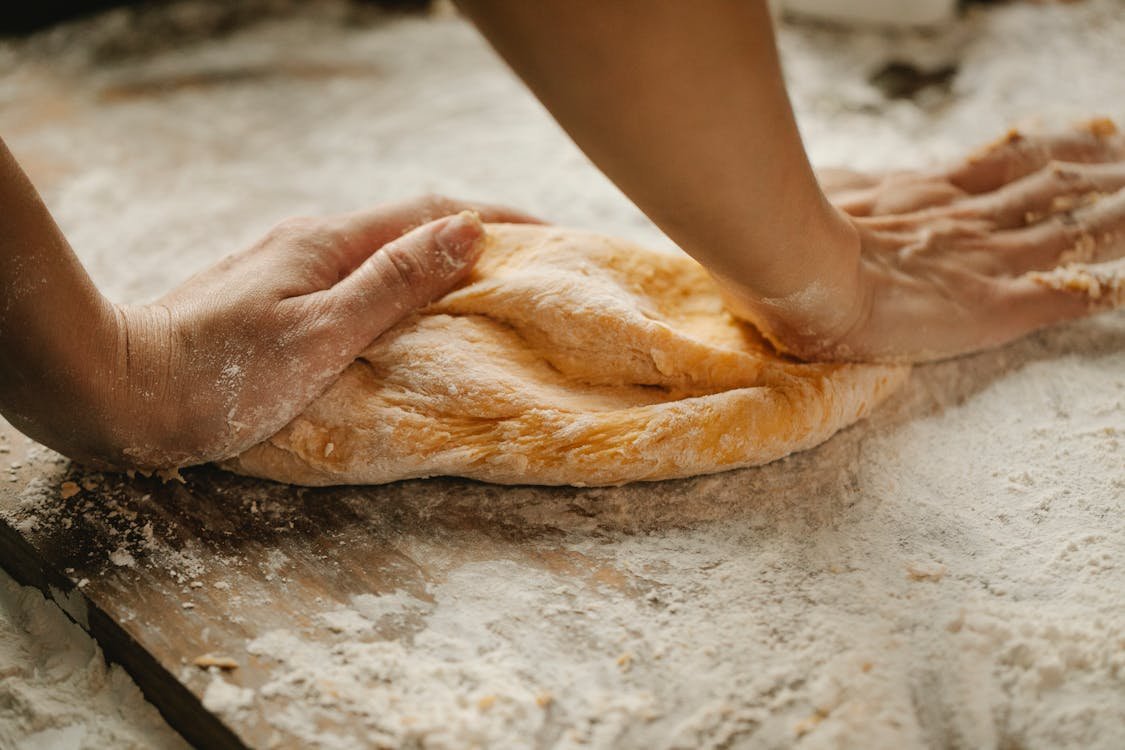Last Updated on September 3, 2024
In the spate of modern-day health complications following a stress-ridden lifestyle and opting for junk food, coeliac or celiac disease is raising eyebrows of health experts and dieticians. Pramita Bose talks to reputed consultant nutritionist Dr. Janaki Badugu to get down to the nitty-gritty of the condition.
Media professional Aakriti Dugar’s day starts with a platter of English breakfast consisting of bread, butter and scrambled eggs after a cup of hot morning tea. On busier days, she wraps up her lunch with veg or chicken sandwiches from office canteen and again rounds off her dinner at night with chappatis and sabzi on her plate. In between, she would snack on baked patties, pasta or atta noodles.
If closely observed, most of her meals are rich with gluten content comprising wheat, bread, semolina, etc. After a few months, she started complaining of stomach upset and acute abdominal pain. On visiting a doctor and undergoing some diagnostic tests, her medical report confirms a case of celiac ailment.

The Term
“Celiac disease is a chronic digestive and immune disorder that occurs when the body’s immune system attacks the small intestine after consuming gluten. This can cause long-term harm to the gut and prevent the body from sucking up nutrients properly,” explains eminent dietician Dr. Janaki. B.
Also Read This: Planters: Sowing Hope & Garnering Health
The Root Cause & Tell-Tale Signs
The autoimmune illness is triggered by an adverse reaction to gluten, a protein found in wheat, barley and rye. Symptoms can range from mild to severe consisting of diarrhoea, abdominal pain, bloating, gas, nausea, vomiting, paleness, foul-smelling stool, weight loss and fatigue.
“In some cases, the affected might not show any symptoms at all or only experience them later in life. This is known as silent celiac,” reveals Dr. Janaki, who also heads a panel of experts at Diaita, Eat Right Clinic.

The Gist of Gluten
Gluten is a protein component and there is an easy method to spot the nutrient in food. “Knead a soft dough made from wheat flour mixed with water. Keep washing the lump under tap water until you get a gummy, sticky and elastic substance after a while. That is gluten for you!” instructs the foodologist.
Food items like bread, pasta, wheat noodles, semolina, baked foods, rye, barley, liquors are high on gluten wherein wheat is found to be one of the chief ingredients in processing the eatables.
One wonders if gluten is a protein element naturally present in food crops, namely wheat, barley and rye, and is common in edibles, such as bread, pasta, cookies and cakes, then why it can be injurious to the body.
“Usually, it is proteins that react in the body causing allergic responses. For example, protein in prawns can cause allergic asthma in some individuals. Similarly, gluten can cause hostile reactions in the small intestine, which can be genetic or transgenerational,” shares Dr. Janaki.
Also Read This: Wockhardt Hospitals Saves Teen from Severe Myasthenia Gravis
Other Problems
Apart from developing inflammation that damages the small intestine’s lining, celiac disease might lead to a slew of medical complications or health issues.
“The small intestine is the internal compartment inside human body where nutrients are absorbed to provide nourishment for growth and sustenance. Therefore, intestinal disturbances can induce mineral and vitamin deficiencies as well as weight loss. In the long haul, this distress can result in osteoporosis and arthritis, depression and anxiety, skin rashes, infertility, frequent cold, et al,” informs the health coach.

Malnourishment
Sadly enough, malabsorption (preventing absorption of nutrients) can stem from celiac disease as the absorption site becomes inflamed with redness, soreness, swelling, irritation, etc. “Oral nutrition supplements won’t work until the affected area heals up. Although abstaining from gluten foods helps getting well within three days, it takes quite a considerable period of time to show a marked improvement in health and fully recover. In case of massive scarcity of nutrients, intravenous nourishment is prescribed for critical patients,” dispenses the nutrition expert.
On the Mend
Doctors recommend a gluten-free diet chart to help manage the symptoms of celiac disease and promote intestinal healing. “Simple khichdi (a wholesome Indian recipe stirred with rice and moong lentils) or pongal (a dish prepared with rice boiled in milk with jiggery) aids in speeding up one’s recovery. Feeding on rice-based, non-spicy and slightly low fiber fare helps recuperate fast. Having overnight soaked rice with little buttermilk for breakfast is a wonderful remedy too.
Also Read This: Kidney Stones: What You Need to Know
Treatment in Time
People often fear about celiac being a long-term malady causing permanent damage to specific organs or the overall health. “Identifying the condition and taking appropriate action with informed decisions at the earliest may come in handy to avoid long-term health challenges,” suggests Dr. Janaki, who also helmed the previous chapters of IAPEN (Indian Association for Parenteral and Enteral Nutrition is a non-profit charitable trust) India, Hyderabad as its honourable secretary and vice president.
Further offering guidance, this well-known nutritionist states that “the only apt treatment available for celiac disease is a strict gluten-free regime that all those suffering must religiously follow for the rest of their lives. Even a small amount of gluten can spark a reaction to pose a threat to our small intestine. Despite slashing gluten food from our daily intake, if the symptoms persist for more than two weeks, it’s always better to take doctor’s advice without further delay. It’s immensely important to detect and address symptoms like unexplained gastrointestinal irritability, constipation, loose, greasy stools, tiredness or exhaustion and lactose intolerance before it’s too late.”

- This article, written by Pramita Bose is a freelance writer with expertise in features, health, and finance. With a strong journalism background as a reporter and blog editor, she explores the world with curiosity, translating her insights into meaningful expression. Fascinated by the power of words, creativity drives her through life’s challenges.


